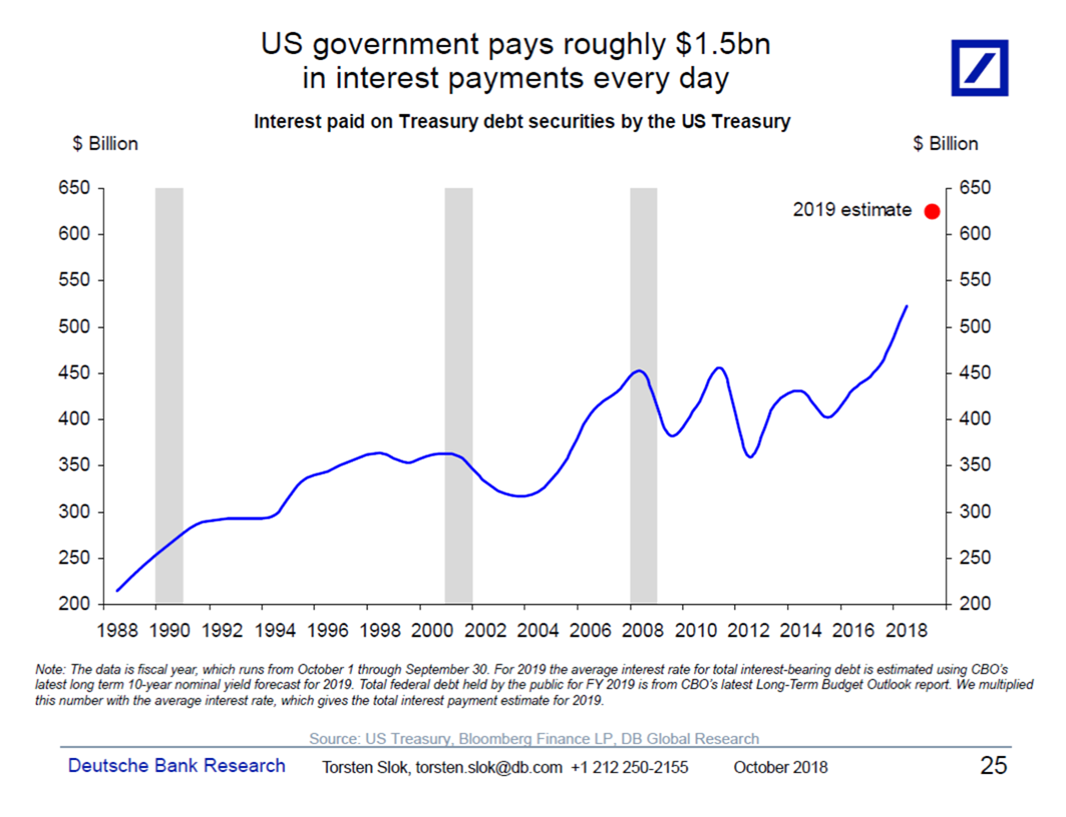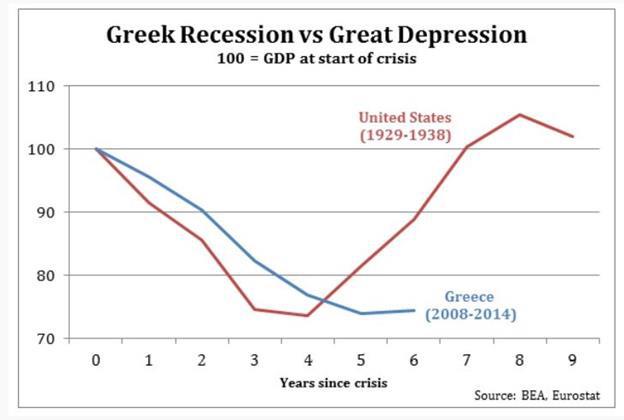
Trading is about learning how to take risks intelligently.


The global economy is structured to systematically funnel wealth to the very top of the pyramid, and this centralization of global wealth is accelerating with each passing year. According to the United Nations, 85 super wealthy people have more money than the poorest 3.5 billion people on the planet combined. And 1.2 billion of those poor people live on less than $1.25 a day. There is something deeply, deeply broken about a system that produces these kinds of results. Seven out of every ten people on the planet live in countries where the gap between the wealthy and the poor has increased in the last 30 years. Despite our technological advances, somewhere around a billion people go to bed hungry every single night. And when our fundamentally flawed financial system finally does collapse, it will be the poor that will suffer the worst.
Now, let me make one thing clear at the outset.
Big government and more socialism are not the answer to anything. Big government and more socialism almost always result in increased oppression and increased poverty. If you want to see where that road ultimately leads to, just look at North Korea.
What we need is a system that empowers individuals and families to work hard, be creative, build businesses and to take care of themselves.
But instead, we have a system where all power and all wealth are increasingly controlled by giant banks and giant corporations that are in turn controlled by the global elite. The “financialization” of the global economy has turned almost everyone on the planet into “deft serfs”, and the compound interest on all of that debt enables the global elite to constantly increase their giant piles of money.
As I have written about previously, the total amount of government debt in the world has increased by about 40 percent since the last recession. (more…)
The Dow Jones’s 22,000 Point Mistake
Bryan Taylor, Ph.D., Chief Economist, Global Financial Data
One of the long-term components of the Dow Jones Industrial Average has been IBM. The company was originally added to the Dow Jones Industrials on March 26, 1932 in a reshuffle involving eight stocks including Coca-Cola, Nash Motors (later American Motors) and Proctor & Gamble. On March 13, 1939, however, both IBM and Nash Motors were removed from the average and replaced by American Telephone & Telegraph and United Aircraft Corp. (now United Technologies).
AT&T was in the Dow Jones Utilities Average until June 1, 1938. Until then, the Dow committee had interpreted utilities in a broader sense to include electric, gas, and communications companies as providers of essential services. In 1938, the Dow Jones committee decided to restrict membership in the Utilities Average to power utilities.
The resulting reshuffle removed nine stocks, including AT&T, International Telephone & Telegraph, and Western Union, all of which were communications utilities rather than power utilities, from the Dow Jones Utilities Average. Since AT&T was such a huge company, it was moved over to the Dow Jones Industrial Average which required that another stock be removed to make room for AT&T. Thus, IBM was kicked out of the Dow Jones Industrial Average.
What if the Dow Jones committee had not redefined the Utilities Average to only include power utilities? What if IBM had stayed in the Dow Jones Industrial Average between March 13, 1939 when it was removed and June 29, 1979 when IBM replaced Chrysler in the Dow Jones Industrials? Obviously, the Dow Jones Industrials would be higher than it is today, but how much higher? (more…)
Technology is advancing in leaps and bounds — and so is economic inequality, says writer Chrystia Freeland. In an impassioned talk, she charts the rise of a new class of plutocrats (those who are extremely powerful because they are extremely wealthy), and suggests that globalization and new technology are actually fueling, rather than closing, the global income gap. Freeland lays out three problems with plutocracy … and one glimmer of hope.



The lesson here is straightforward. Trade less frequently and trade smaller than you think you should.
Of these two, trading smaller size is easier to grasp and much more intuitive. If you are risking less, then your P&L won’t swing as wildly, allowing you to stay more level-headed and to make better decisions without getting scared or euphoric. You also are unlikely to lose as much during a bad run, allowing you to sidestep potential catastrophic losses and to stay in the game, both financial and psychologically. Ultimately, it’s steep drawdowns that end careers. If you can avoid big declines In your equity and be in the right place psychologically to bounce back, then you will have a long and successful career.
But trading less frequently is equally important. By making it a priority to trade less frequently, you are making sure that you think harder and deliberate before entering and exiting a position. This allows you to focus on executing your methodology, rather just impulsively leaping into and out of positions. That should boost the quality of each trade and in turn, your overall success.
You are also making sure that you are picking your spots, thereby boosting the percentage of your trades that are winners. Even a small increase in your win rate, e.g. from 40% to 43%, would mean a measurable improvement in profitability. Having more winners, and having those extra winners generate bigger gains on average than the losers, can mean the difference between a so-so year and a great year.
There’s a reason Bruce Kovner was an original Market Wizard and one of the best macro fund managers of all time. Undertrade, undertrade, undertrade.
